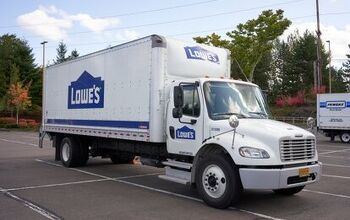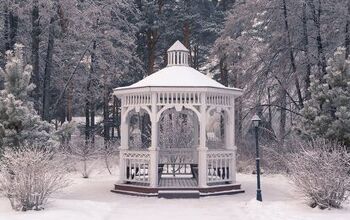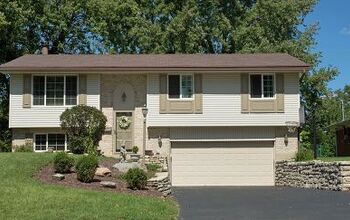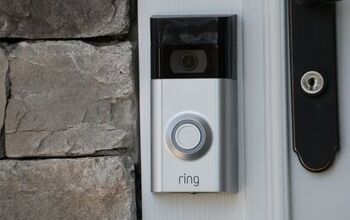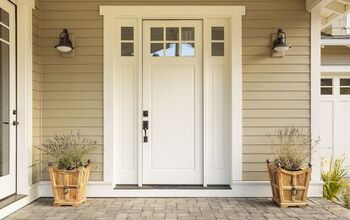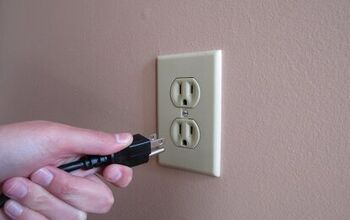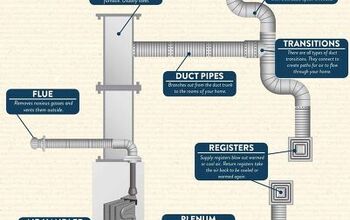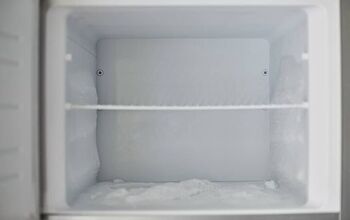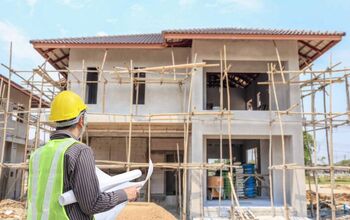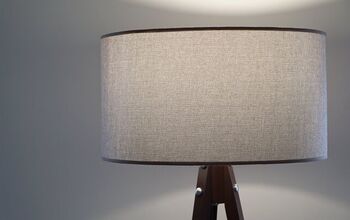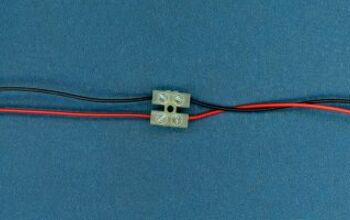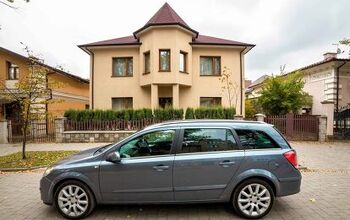How Do You Know If Your Furnace Heat Exchanger Is Bad?

The heat exchanger in your furnace is a group of tubes and coils. These tubes and coils heat the air that then shoots out into your home or workplace. There are many reasons why your furnace heat exchanger can go bad, and if this happens you need to act quickly.
If your furnace heat exchanger is bad you may smell foul odors similar to formaldehyde or notice white soot buildup around the burners. Corrosion, cracks, and a change in the flame’s appearance are also telltale signs of a bad heat exchanger. It can also leak carbon monoxide, leading to health problems. If you suspect a bad exchanger, turn off your furnace immediately until you can repair or replace it.
Essentially, when your furnace heat exchanger has a crack it has gone bad. This causes carbon to be burned, which can then release nitrous oxide, sulfur dioxide, and carbon monoxide. You do not want carbon monoxide leaking through that crack, as it is extremely dangerous.
Do You Need a Heating and Cooling Contractor?
Get free, zero-commitment quotes from pro contractors near you.

What Exactly Is A Furnace Heat Exchanger?
The heat exchanger in your furnace works to separate the combustion process from your breathing air. The exchanger is made of a metal chamber as well as a passageway. It begins at your burner assembly and then ends near where the chimney vent connects to the furnace.
When air is heated, it does so by blowing across the hot surface of your exchanger. This warm air is then sent into your home to warm it up.
Your heat exchanger should be completely sealed off. This means it needs to have both an air and gas-tight seal. This should separate the gasses to avoid contaminating the breathing air.
Flue gasses can be poisonous. They include carbon monoxide, which is deadly. When your furnace heat exchanger is bad you run the risk of health problems or even death.
How Can The Furnace Heat Exchanger Go Bad?
A common cause for a bad furnace heat exchanger is a dirty air filter. When the filter in your furnace gets dirty or clogged, it restricts airflow. When air can’t flow through the furnace properly, the furnace overheats the exchanger, resulting in cracks from too much pressure.
Another thing that can cause overheating is an improperly-sized furnace. If it’s too big for your home, it can overheat and crack the exchanger. But even normal wear and tear can lead to a bad heat exchanger.
The reason for this is that the heat exchanger is metal, which means it constantly expands and contracts as it heats up and cools. The metal can only handle this for so long before it begins to wear out, eventually cracking.
You can help prevent this from happening too soon by changing the air filters regularly and having annual inspections.
How To Know If Your Furnace Heat Exchanger Is Bad
1. Odd Smells Can Mean Your Furnace Heat Exchanger Is Bad
When something goes wrong in your furnace heat exchanger, the first sign might be chemical smells similar to formaldehyde. The smell might also cause you to have headaches or nausea.
Harmful chemicals are in your home at this point, and it is important to seek immediate help.
2. Water Around Your Furnace
Although this does not always mean your furnace heat exchanger is bad, it is still a common symptom of a crack in your heat exchanger. In this case, have a technician come to check it out. Noticing water can be an alert for you to get help before anything gets worse.
3. White Soot Buildup
White soot can signal various issues, including improper venting. If this is found on the inside of your furnace and around the burners, then you know you have a problem.
This could also mean you have other problems such as your burners not being adjusted correctly. Both can lead to monoxide production.
4. Wear And Tear Damage
If you see signs of decay, or just wear and tear on the exterior of your furnace, then it has most likely gone bad. It means that your furnace is getting too old to work properly. You may need to replace it.
5. Sickness In Your Household Can Mean Your Furnace Heat Exchanger Is Bad
If you see any of the other signs, accompanied by someone in your household getting sick, then you most likely have a bad furnace heat exchanger. Symptoms include:
- Sudden tiredness
- Confusion
- Irritation of eyes or nose
- Headaches
- Fever
- Nausea
These are all signs of carbon monoxide poisoning and should be taken very seriously. Go to a hospital immediately if you have any of these symptoms. It’s also a wise idea to install a carbon monoxide detector near your furnace. (This is a general rule regarding detectors).
Since carbon monoxide is colorless and odorless, you have no way of detecting it without this device, or until you get symptoms. But, having a detector should not be a replacement for annual inspections to ensure the safety and integrity of the furnace.
6. Look For Cracks
As mentioned before, a cracked heat exchanger is dangerous, but a very common symptom of a broken heat exchanger. Cracks occur because the heat exchange is exposed to heat over a long period of time. This causes the walls of the heat exchanger to develop cracks. Typically you will find these cracks along the heat exchanger’s seams.
The larger the crack, the easier it will be to detect by you. If you choose to bring in a furnace repair technician, then they can use infrared light detectors to find extremely small cracks.
7. Discoloration
Since a cracked heat exchanger can have cracks that are too small and thin to be seen, another way to diagnose this is by looking at the color of your heat exchanger.
Look for discoloration in the surrounding metal. If you see dark spots, then this can indicate soot that has escaped. It should be built up around the crack. These dark spots will show you where gases have been escaping.
8. Odd Furnace Flame Behavior
When you have a cracked heat exchanger, you will have combustion air from inside your furnace that is mixing with the air going into your home. The combination of these two things will change the behavior of your furnace flame.
This is once again when you may want to bring in a furnace technician. That is because they can often diagnose heat exchanger problems simply by looking at the flame. If the flame is jumping when the blower fan engages, then there is a sign that your exchanger is bad.
9. Rattling Sounds
If when the heat kicks on you hear rattling sounds, it can mean a crack in your heat exchanger. This is because the cracks will expand and contract as the furnace heats and cools, causing popping and rattling noises.
What To Do If Your Furnace Heat Exchanger Is Bad
If you believe that your furnace heat exchanger is cracked or damaged, then the first thing you need to do is to immediately turn it off. Even if it is otherwise fine, do not risk your health.
Next, you should contact a technician to take a look. They will be able to give you a for-sure answer if it is cracked or gone bad. If it ends up being broken, then you will need to replace it. This can cost anywhere between $600-$1,200.
If your furnace is older than a decade, then you may want to replace the entire furnace. That is because the furnace as a whole can go bad as it ages. If you only replace the part, you may end up needing to replace it down the line anyway.
It will be cheaper to replace it once rather than replace the whole unit as well as the heat exchanger. It is best to inspect your heat exchanger on a regular basis. If you can see light or water basing through it, then you will know that you have a crack.
Do You Need a Heating and Cooling Contractor?
Get free, zero-commitment quotes from pro contractors near you.

Related Questions
How long do furnace heat exchangers last?
Although all heat exchangers fail eventually due to metal fatigue, most heat exchangers can last anywhere from 10-20 years. This is a long time! By the time it is time to retire it, the metal in your exchanger will have been heated up and expanded thousands of times! Alternatively, it will also have contracted when it cooled. This cycle is part of the normal furnace heating process.Be aware that although heat exchangers should last at least a decade, there are factors that can accelerate the process of failure. Typically premature failure occurs due to poor maintenance, bad system design, poor installation, or bad equipment design by the manufacturer. These factors can reduce the heat exchanger’s life by a few years.
What tools do I need to see if my heat exchanger has gone bad?
The only way to know if your furnace heat exchanger has gone bad is to confirm it visually or use high-tech infrared. You will not be able to do these tests, so it is best to either do a visual inspection or hire a professional.

Real estate agent and copywriter, originally from California. Chloe brings her real estate expertise into her writing to create effective and helpful home guides for you! When not writing or selling homes, she spends her time as a digital nomad traveling the world.
More by Chloe Meltzer



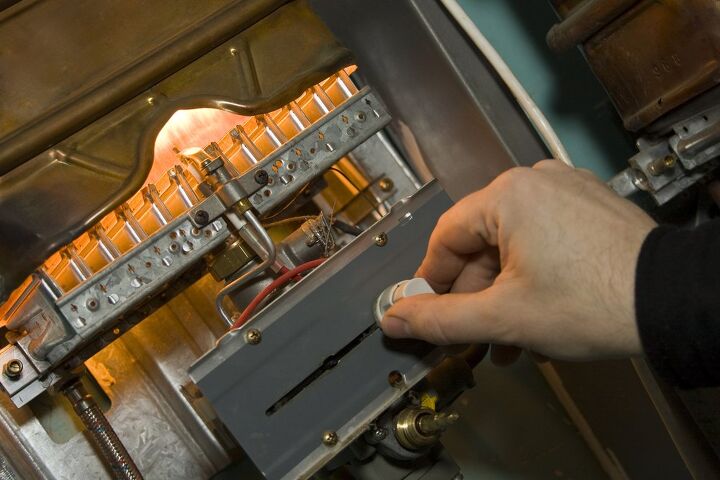






![The 10 Best Table Saws - [2022 Reviews & Buyer's Guide]](https://cdn-fastly.upgradedhome.com/media/2023/07/31/9070645/the-10-best-table-saws-2022-reviews-buyer-s-guide.jpg?size=350x220)
